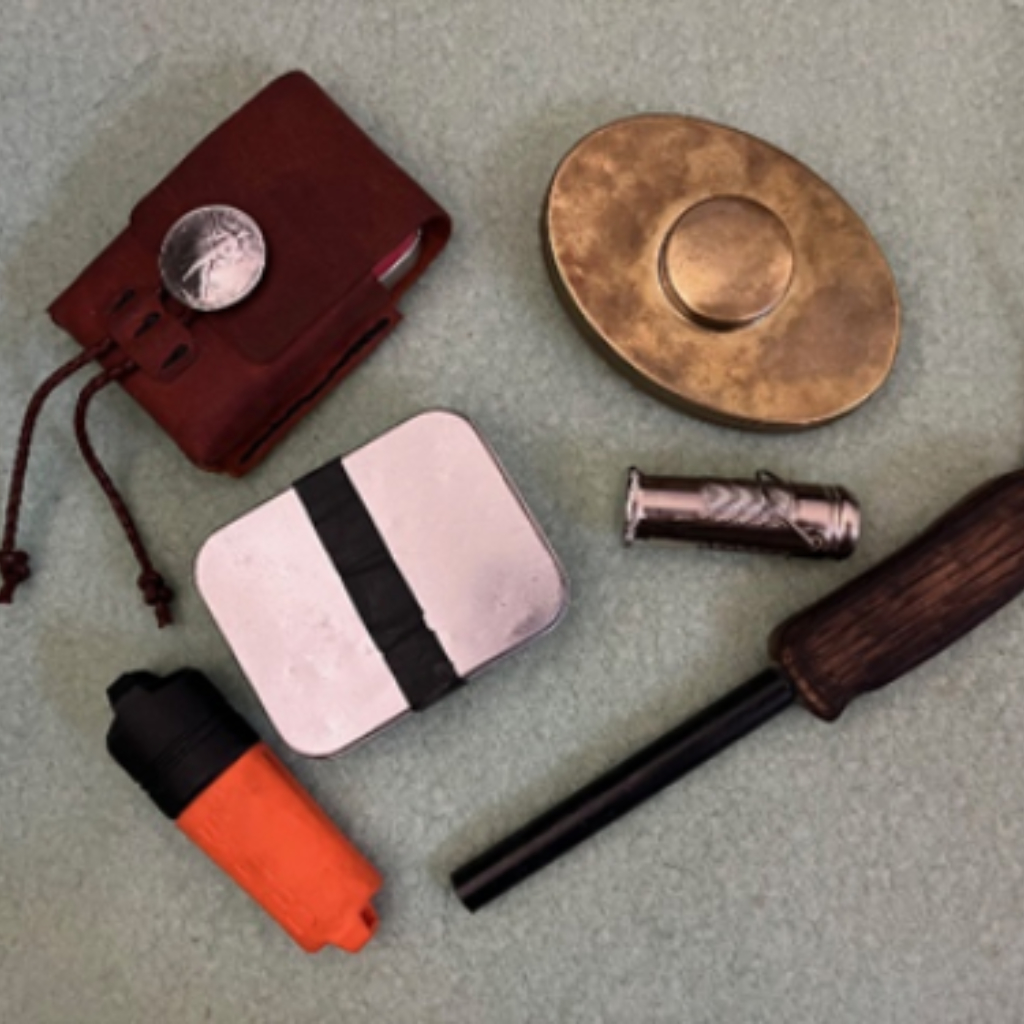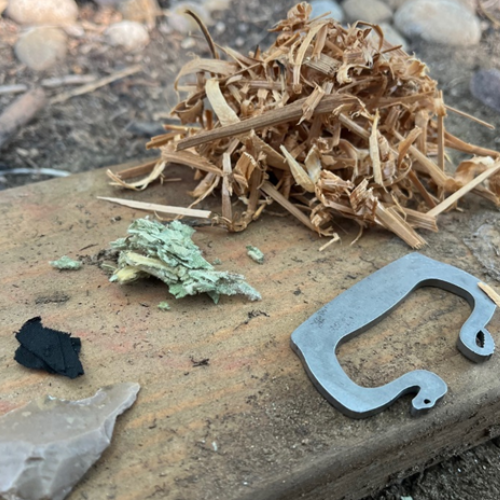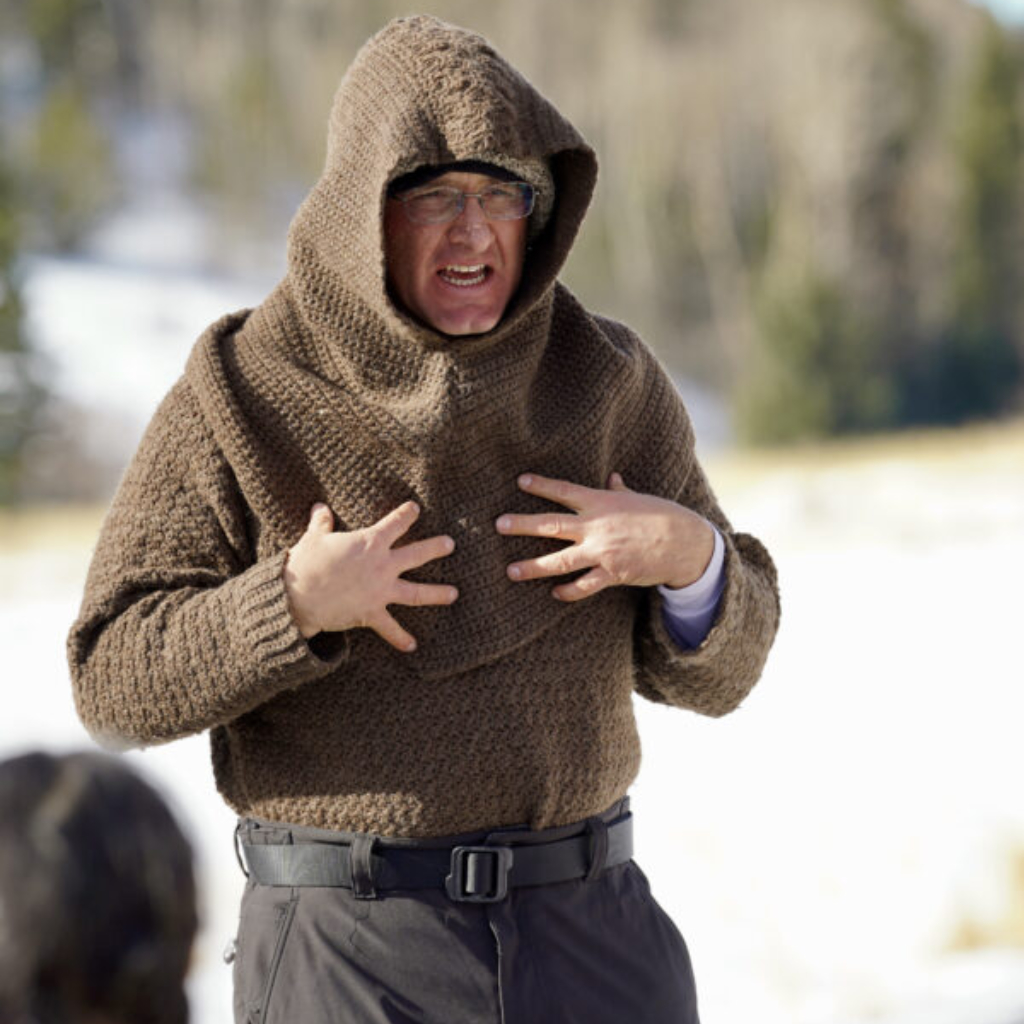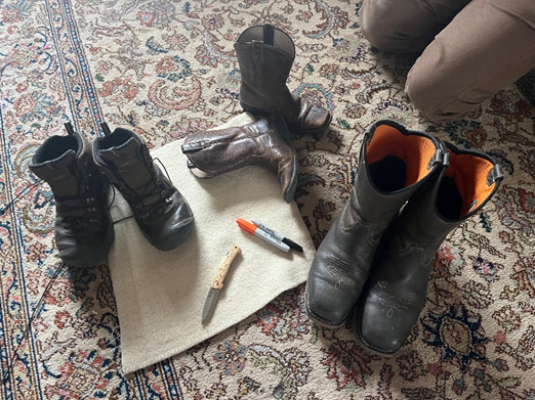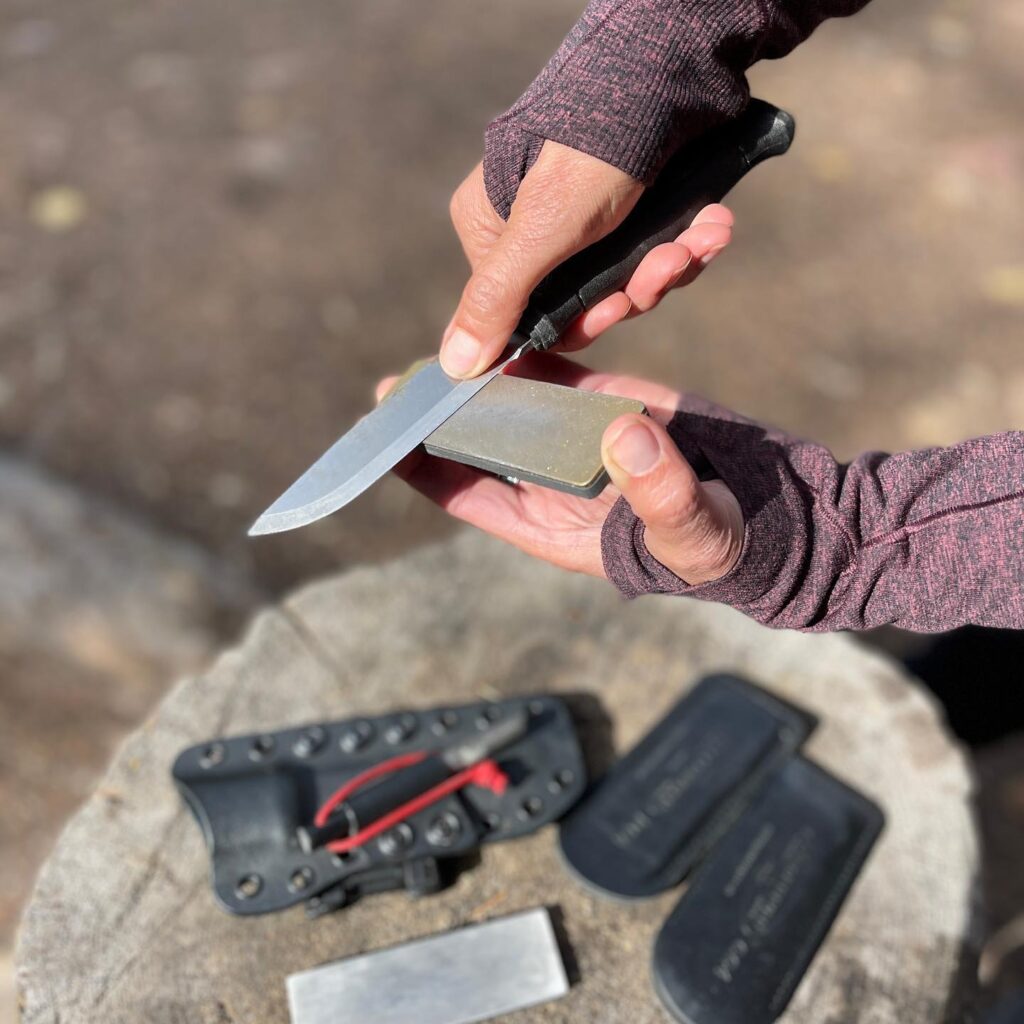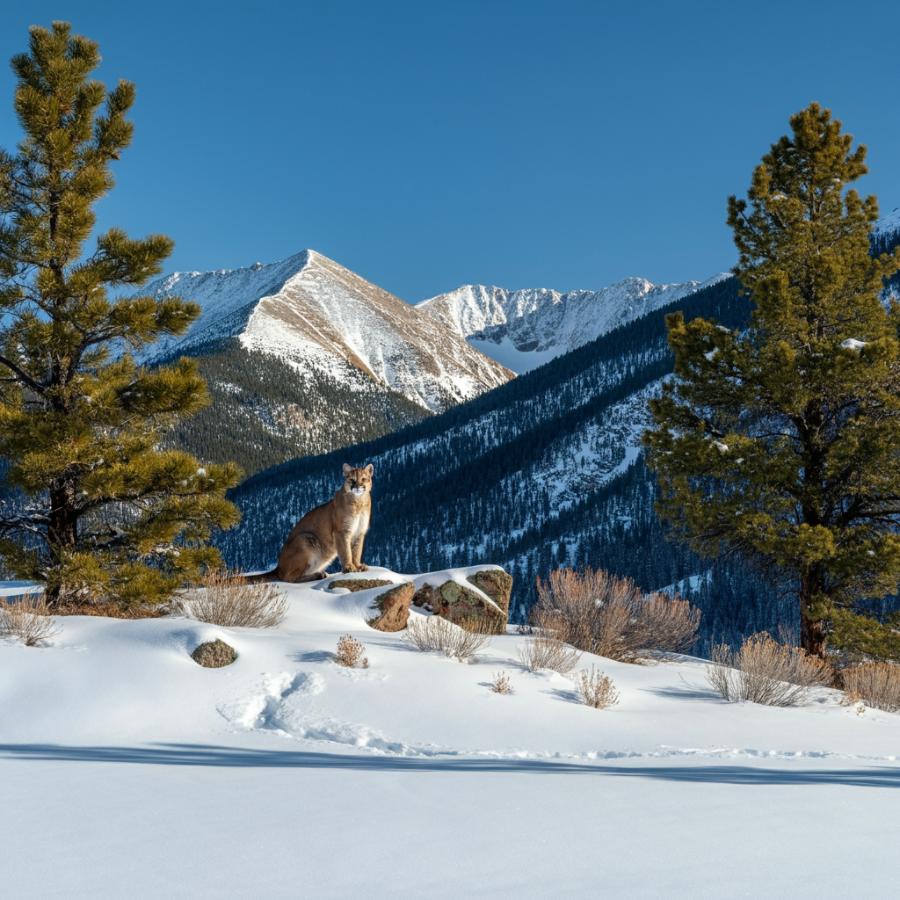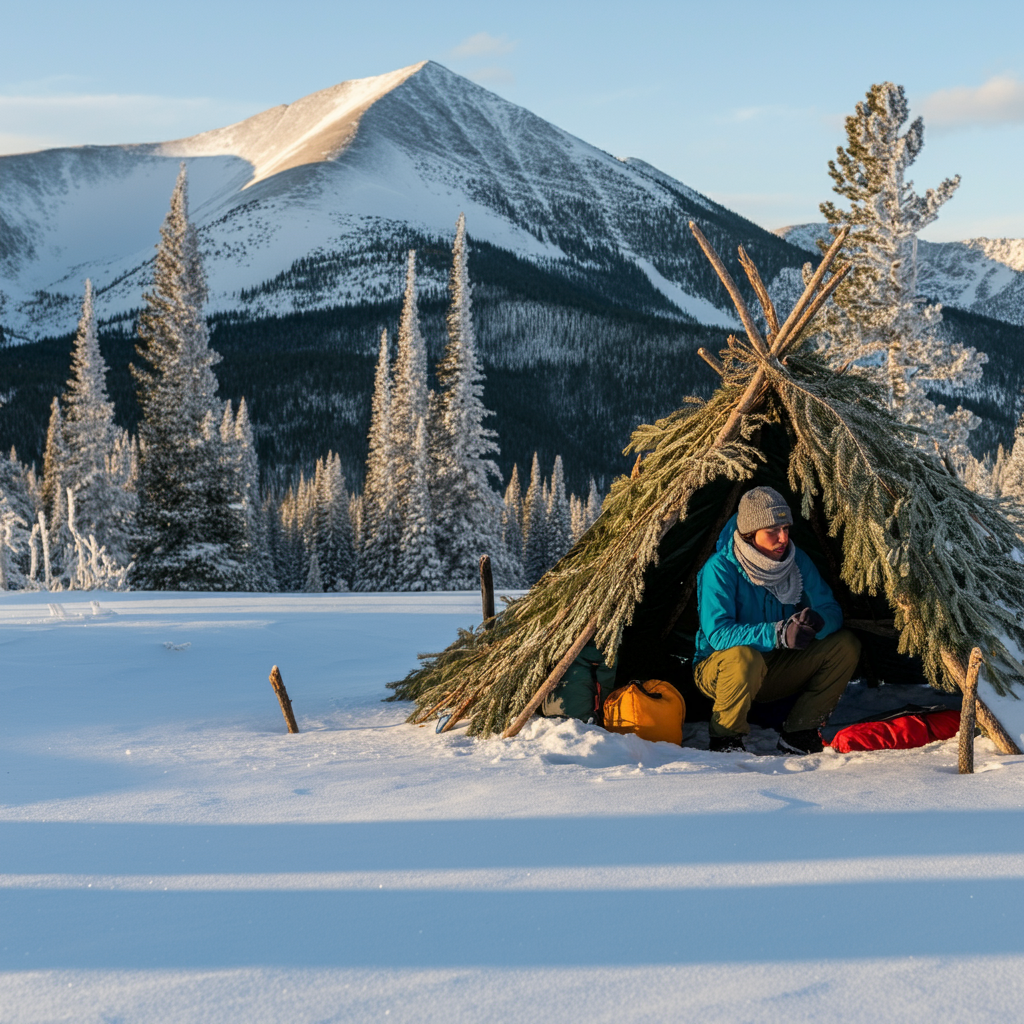Cart
6 min read
Americans Are Heading Out Into The Wilderness… Unprepared

The Growing Problem of Unprepared Adventurers in the Wilderness
The Rise of Technology and Unprepared Exploration
Technology has made it easier than ever for Americans to head into the wilderness. With social media platforms like Facebook and Instagram showcasing breathtaking landmarks and adventurous destinations, more people are inspired to venture outdoors. Unfortunately, many of these trips start with a simple day hike and quickly turn into survival situations.
to head into the wilderness. With social media platforms like Facebook and Instagram showcasing breathtaking landmarks and adventurous destinations, more people are inspired to venture outdoors. Unfortunately, many of these trips start with a simple day hike and quickly turn into survival situations.
Too often, people embark on these adventures without proper research, preparation, or skills. They don’t check the weather, pack necessary gear, or consider the challenges they might face. While it’s fantastic that more Americans are exploring nature, it’s alarming how many are doing so unprepared. This lack of preparation is straining search and rescue (SAR) teams across the country and leading to avoidable injuries, fatalities, and rescues.
A Day Hike Gone Wrong: The Harsh Reality
Many experienced outdoorsmen scoff at the idea that a simple day hike could turn into a nightmare. However, thousands of cases across the country prove otherwise. A broken leg just one or two miles into a trail could result in hours or even days for SAR teams to extract the injured person. The logistics of carrying a patient through rugged terrain are often underestimated.
Even adventurers who think they’re prepared can find themselves in trouble. Overconfidence is as dangerous as inexperience. Many experienced hikers have the gear but lack the training to handle emergencies. For instance, ask a seasoned thru-hiker about their first aid kit, and you might find it severely lacking. Ask them how to use the items in that kit, and the response is often a blank stare or dismissive scowl.
Startling Statistics on Search and Rescue
Between 2004 and 2014, over 46,000 people required rescue from state parks, resulting in more than 1,500 fatalities. By 2014, 3,409 individuals were rescued, and in 2017, that number rose to 3,453. Among these cases:
- 182 fatalities were reported.
- 1,500 individuals became ill or injured.
- Over 2,000 people were lost or called for help due to being unprepared.
Recent Trends
From 2014 to 2019, an average of 358 deaths per year occurred in national parks, equivalent to about seven deaths per week. While the overall mortality rate in parks (0.11 deaths per 100,000 recreational visits) is significantly lower than the U.S. population average, the primary causes of fatalities remain consistent:
- Motor vehicle crashes
- Drownings
- Falls
Additionally, 50% of medical-related deaths occurred during physical activities such as hiking, biking, or swimming. (National Park Services)
Search and Rescue (SAR) Operations (2019–2023)
SAR operations have become a major focus for federal land agencies, with the National Park Service handling the majority of incidents:
- The most frequent SAR locations are:
- Grand Canyon National Park.
- Lake Mead National Recreation Area.
- Yosemite National Park.
- Over a five-year period, SAR costs totaled $21.6 million, tracking only major incidents costing over $500. (Congressional Research Service Reports)
These statistics highlight a critical trend: unprepared adventurers not only put themselves at risk but also place immense strain on SAR teams. Proper preparation, awareness of environmental challenges, and equipping oneself adequately are essential for both personal safety and preserving rescue resources.
Who Needs Rescue? The Age Factor
The data reveals that certain age groups are more prone to requiring rescue:
- Ages 20–29: This group accounts for the largest percentage of rescues, often due to overconfidence and inexperience.
- Ages 60+: Older adventurers are the second most common group, likely due to physical limitations or attempting to keep up with younger companions.
Nearly half of all rescues occur during simple day hikes, and almost 20% of these incidents are directly linked to a lack of preparation. In 2017, this meant nearly 700 people ventured out without the necessary gear, skills, or knowledge.
The Burden on Search and Rescue Teams
SAR teams across the U.S. are sounding the alarm. With more people 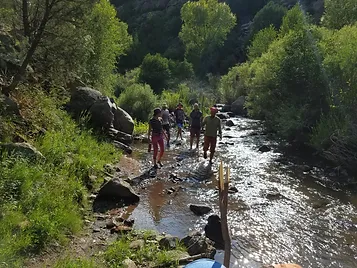 heading into wilderness areas, often ill-prepared, the demand for rescues has skyrocketed. Many hikers grab their cell phones, a 16-ounce water bottle, and perhaps some brand-new hiking boots (if they’re lucky), and head off into the wild.
heading into wilderness areas, often ill-prepared, the demand for rescues has skyrocketed. Many hikers grab their cell phones, a 16-ounce water bottle, and perhaps some brand-new hiking boots (if they’re lucky), and head off into the wild.
When they get lost or injured, these individuals often call for help, assuming SAR teams will be available immediately. While SAR teams are typically successful, they are becoming overwhelmed, fatigued, and stretched thin. This means that when they finally reach a victim, they may not be functioning at their best.
What You Can Do to Stay Safe
1. Do Your Research
Before heading out, thoroughly research your destination. Understand the terrain, weather patterns, and trail conditions.
2. Bring the Right Gear
Pack for the unexpected. Even on a day hike, you should carry:
- A map and compass (and know how to use them).
- Fire-starting tools.
- A first aid kit.
- Proper clothing layers and rain gear.
- A water purification method.
- Shelter materials, such as an emergency blanket or tarp.
3. Gain Practical Knowledge
Gear is only as good as the person using it. Reading a book about survival skills is not enough—you need hands-on experience. Learn how to:
- Build a fire in wet or cold conditions.
- Use a map and compass for navigation.
- Purify water from natural sources.
- Construct a shelter from available materials.
- Forage for food.
The Value of Wilderness Medical and Tracking Skills
If you don’t have wilderness medical training, it’s one of the 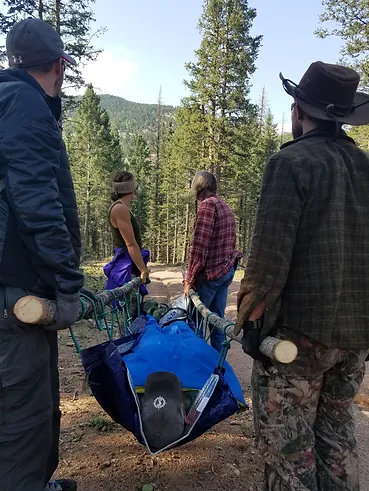 most practical skills you can learn. Unfortunately, it’s also one of the most overlooked. At The Survival University, we emphasize the importance of wilderness medical knowledge and offer classes that teach life-saving techniques.
most practical skills you can learn. Unfortunately, it’s also one of the most overlooked. At The Survival University, we emphasize the importance of wilderness medical knowledge and offer classes that teach life-saving techniques.
We also provide a search and rescue tracking class, taught by one of the best trackers in the United States. These skills not only improve your ability to stay safe but also equip you to assist in rescue missions if the need arises.
Don’t Become a Statistic
The statistics are clear: too many people are heading into the wilderness unprepared, and the consequences can be deadly. By taking the time to gather the right gear, acquire practical skills, and practice regularly, you can enjoy the outdoors safely and responsibly.
Prepare yourself for the unexpected, and don’t assume that luck or technology will save you. The wilderness is unpredictable, but with the right knowledge and preparation, you can thrive. Get the gear. Gain the knowledge. Stay safe.
Leave a Comment
Beyond the Flick: Fire-Starting Hacks for Broken, Empty, and Wet Lighters
Learn how to start a fire with a lighter even if it’s broken, empty, or wet. Master fire-starting techniques and build confidence in real-world survival...
Why Every City Dweller Needs Wilderness First Responder Training
Wilderness First Responder training prepares you to act fast in emergencies—urban or remote—when 911 is too far away.
Mastering Fire for Survival: How to Pack a TRUE emergency fire kit
Learn to pack a reliable survival fire kit with the right tools for warmth, cooking, and signaling. Keep it simple, effective, and ready for any...
How to Dress for Winter Survival: Mastering the Art of Layering
In cold weather, it is important to dress in layers. This allows you to adjust your clothing as your body heats up or cools down...
How to Make Wool Boot Inserts for Warm Feet on Winter Hikes and Outdoor Adventures
Learn how to make DIY wool boot inserts to keep your feet warm and comfortable during winter hikes and outdoor adventures. Simple, budget-friendly, and effective!
Choosing the Best Survival and Bushcraft Knife
Choosing the Best Survival/Bushcraft Knife: A Comprehensive Guide for Survival University Students
Winter Survival in the Colorado Rockies — Part 8: Wildlife Awareness and Safety
Learn how to stay safe and warm in the Colorado Rockies this winter. Discover practical tips for preventing and treating cold-weather injuries like hypothermia, frostbite,...
Winter Survival in the Colorado Rockies — Part 7: How to Prevent and Treat Cold-Weather Injuries
Learn how to stay safe and warm in the Colorado Rockies this winter. Discover practical tips for preventing and treating cold-weather injuries like hypothermia, frostbite,...


